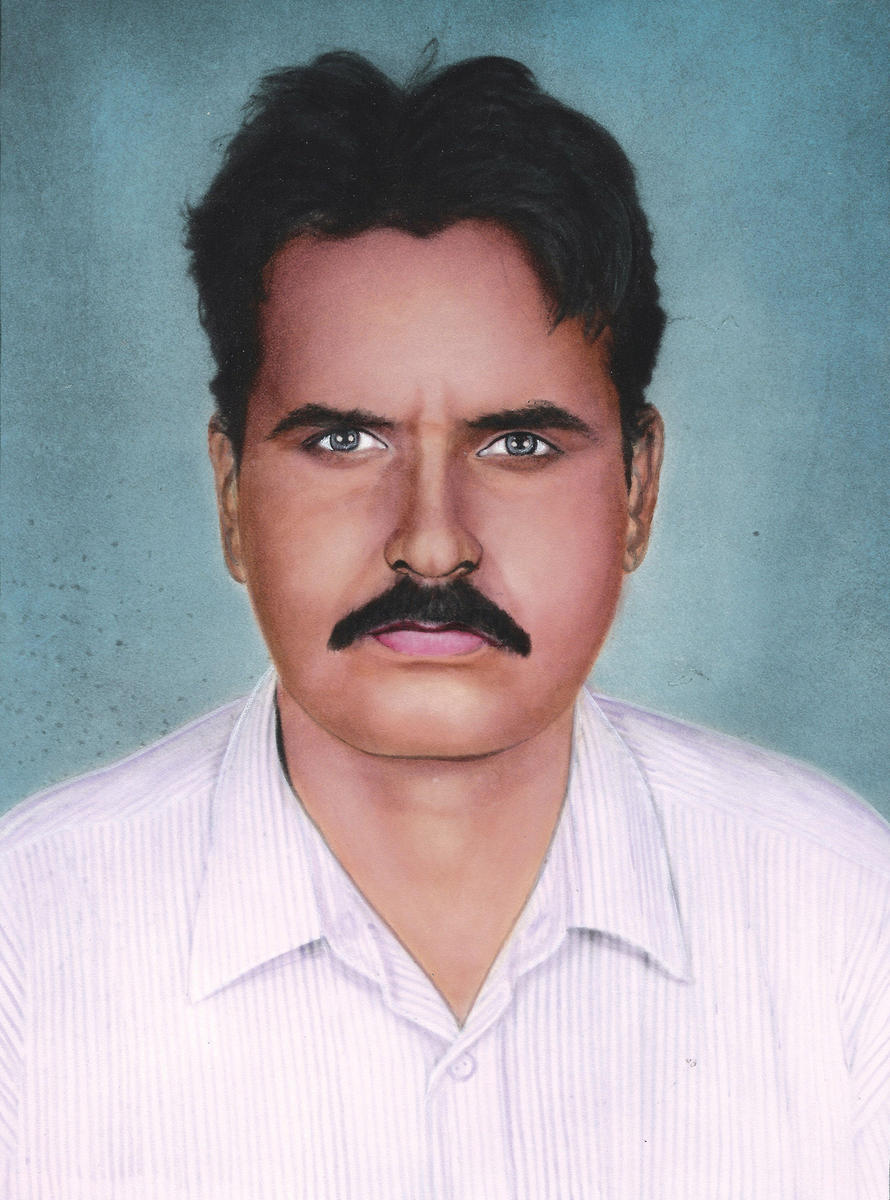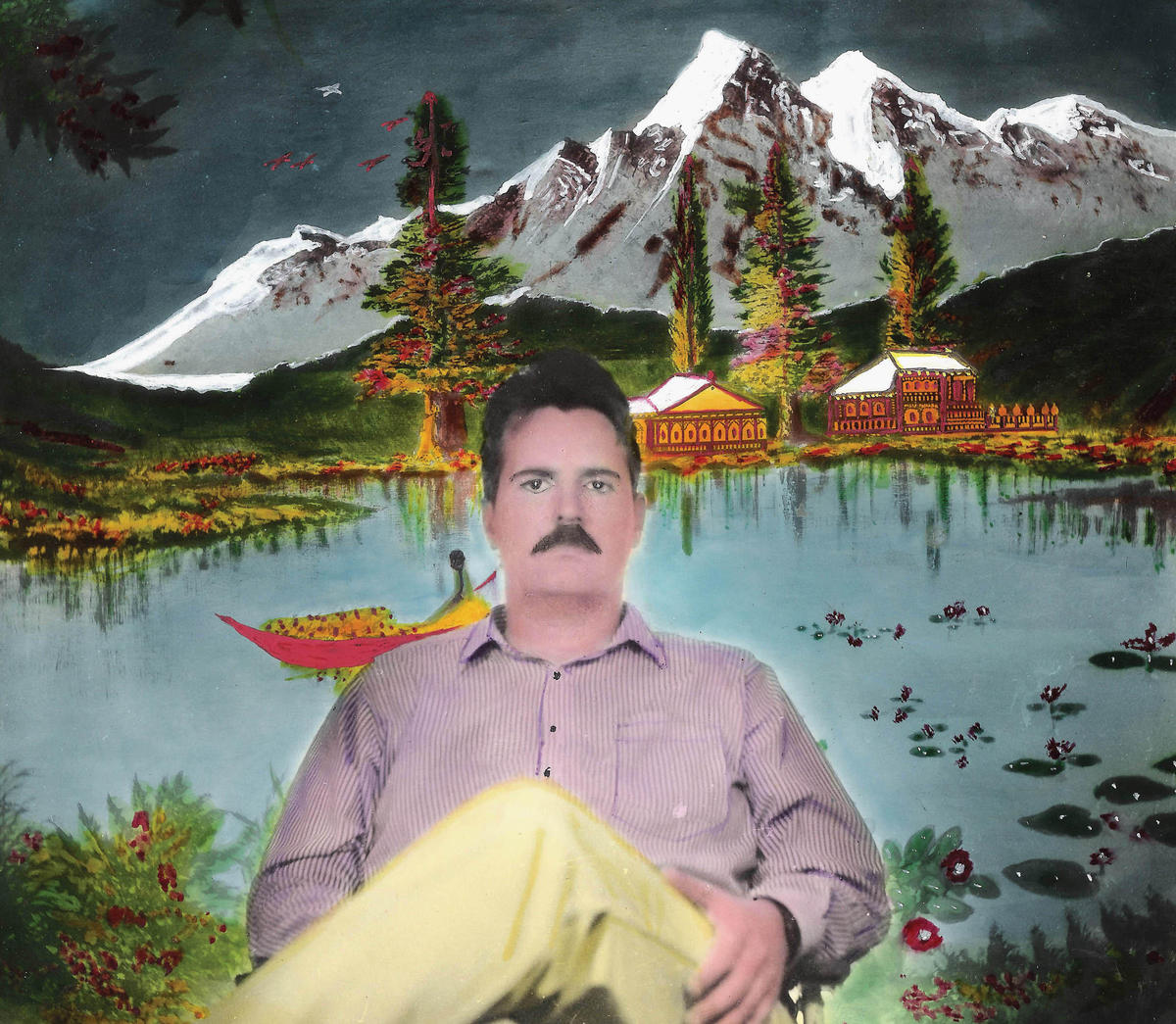
In 2003, Shah Mohammed Rais traveled to the Frankfurt Book Fair to contest the objectivity of an account of his life. Better known in the literary world by the name of Sultan Khan, he had become the central character of Norwegian journalist Asne Seierstad’s bestselling novel The Bookseller of Kabul (2004), in which she recounts her experiences of living with the Rais family for several months, after the fall of the Taliban in 2001.
Seierstad stood by her book and its truthfulness. “I told [the family] in advance that they might not like the book,” she told the Observer’s Tim Judah in September 2003, “but I think it is important to write about real life in Afghanistan …This is still a society where women have almost no rights.”
Seierstad envisions a world of competing discourses, the truth of some of which are so pressing that they demand to be told even if other competing discourses are fiercely antagonized. Her response in was fiercely critiqued by Uni Wikan and several other contemporary anthropologists who share Wikan’s unease as to whether there are “objective truths” about communities that can be so easily separated from an inter-subjective zone of agreement between fieldworker and informants.
Seierstad’s militant indifference to Shah Mohammed’s critique dramatized the extent to which many anthropologists now aspire not for inviolable objectivity but a semi-contractual, ethical relationship with their subjects of study. For most anthropologists, having Shah Mohammed turn up to denounce one’s work would be a professional and personal disaster. A century or more ago, anthropologists might well have responded like Seierstad and have appealed with a similar alibi of distance: certain things exist in the world, and if one assumes the correct viewing position, one will be able to document them as they are. This assumption, as well as the extent to which it has now changed, is clearly visible in the relationship anthropologists have had to photography. Consider, for instance, the aerial view. Edward Evans-Pritchard — perhaps the doyen of British social anthropology — credited the Royal Air Force with an aerial view of a Sudanese Nuong village in his classic monograph The Nuer in 1940. Meanwhile, the seductions of becoming what Michel de Certeau called the “voyeur-God” were addressed by the celebrated French ethnographer Marcel Griaule. He had developed a penchant for aerial photography during his first job as an air force navigator. “Perhaps,” he wrote, “it is a quirk acquired in military aircraft, but I always resent having to explore unknown territory on foot. Seen from high in the air, a district holds few secrets.” This was the lust for a viewpoint that had driven Flaubert to the top of a Cairo minaret in 1850, to a height from which the panicked bustle of the bazaar assumed an ordered serenity. For many contemporary postmodern anthropologists, however, this perspective would all now be seen as part of what Susan Stewart calls the “pornography of distance.”
Tourists may take a variety of different photographs, from those that attempt to show an untouched reality to those that picture themselves as part of an already tourist-colonized landscape. The typical postmodern anthropologist, by contrast, is likely to understand fieldwork images as revealing a self-conscious rapport between ethnographer and community, in which both parties’ awareness of the nature of the transaction is apparent and its ethical basis rendered transparent.
This desire explains a curious sub-genre of images to be found in some anthropological monographs. Consider, for instance, the images used in American anthropologists Deborah Gewertz and Frederick Errington’s monograph Twisted Histories, Altered Contexts (1991) on the Chambri of Papua New Guinea. One exemplifies what we might term the “reflexive loop” and is titled: “Still holding Deborah’s dissertation, Yarapat and his clansmen performed chants to control the water level.” The text describes how Gewertz’s dissertation itself becomes an agent in new forms of social practice.

This trope recurs commonly. In the second edition of Steve Feld’s seminal ethnography of acoustic concepts among the Kaluli in Papua New Guinea (1982), he describes being in the field in 1982. Sitting in a longhouse, he observes costume preparations for a forthcoming ritual, just as “a young boy from another village entered the longhouse bearing a net bag of mail [including] a small box from the University of Pennsylvania Press.” As he sliced it open, his partner Shari Robertson shouted for him to smile and recorded the event on film. His Kaluli hosts seem to be more impressed by the sharpness of his pocket jackknife than the book, although one male, Gaso, becomes extremely interested in the color photograph of himself, adorned for a drumming prelude to an evening ceremony.
Feld is concerned about any accusation of narcissism; he discusses this event in the postscript to the second edition as further elucidation of Kaluli concepts of “textualism.” He also provides, as a kind of talisman, an epigraph from Isaac Bashevis Singer: “When the writer becomes the centre of his attention, he becomes a nudnik. And a nudnik who believes he’s profound is even worse than just a plain nudnik.”
Feld rails against what he terms the “cult of the author” and uses the book’s arrival to positive theoretical effect. However, he also reaps the benefit of being seen to “talk nearby.” He demonstrates that he is not “talking about” the Kaluli simply for the benefit of a distant anthropological audience. The arrival of the book serves simultaneously as a reciprocation, a gesture of good faith, and a poetic metaphor that provides a form of closure based on circularity.
It would be disingenuous to deny that similar motivations underlined the use of certain images in my own monograph on photography in central India (Camera Indica, 1997). I included certain images of myself, some labeled as such and some not; many readers will not recognize my presence in the latter. That was an attractive possibility, for it allowed me to move through a number of different positions (analyst, participant, local consumer and so on). There were also a set of practical and ethical factors: paying photographers to make images of myself facilitated a whole set of encounters under the aegis of client, and the money I paid for the images seemed an equitable way of compensating them for their time. But there was also a cruder set of imperatives at work: the images help establish the reliability of my testimony.
The ethical intersubjective loop that I hoped to record was also evident in the cover image of Ramlal, the brother of a villager named Hira with whom I had felt very close. I had once photographed Hira holding a photograph of his deceased father in a manner that is very common in the village — the physical cradling of an image for the purposes of making another image is an accepted way of showing respect and affection for deceased individuals.
About a decade after I had first met him, Hira was tragically killed by a train while crossing the railway tracks in the nearby town. Subsequently, I photographed his brother Ramlal in the same fashion, cradling the photograph I had earlier taken of Hira. I decided to use this image on the cover because it summed up many of the central themes in the book: the role of photography in social relations; a photograph’s role as memorial; and the materiality of images; I also knew it would mean a great deal to Hira’s mother. But beyond this was also, of course, a declaration of my own reliability. “Trust this book, from the pen of someone who was sufficiently intimate to participate in the production of the images circulating in this society.”